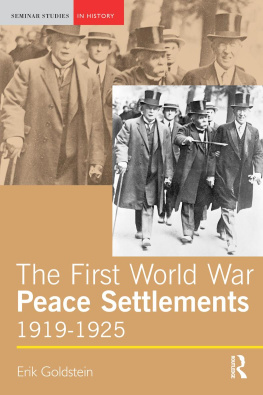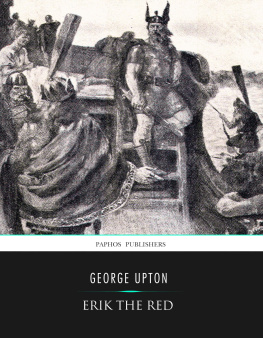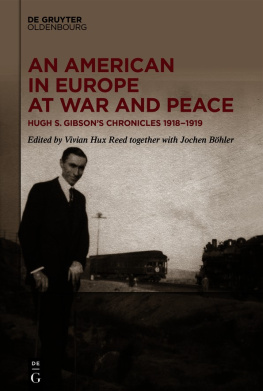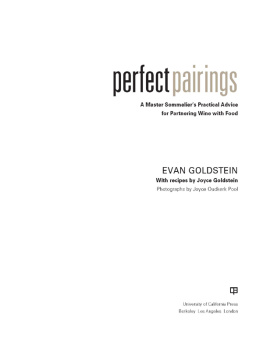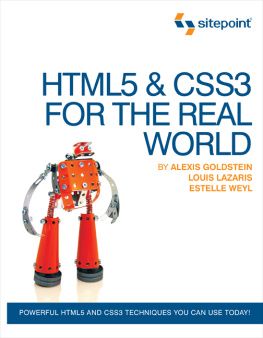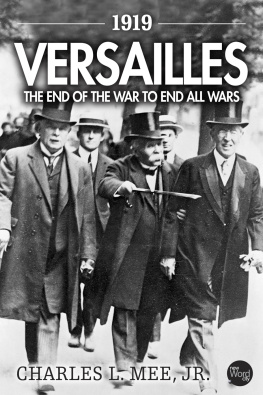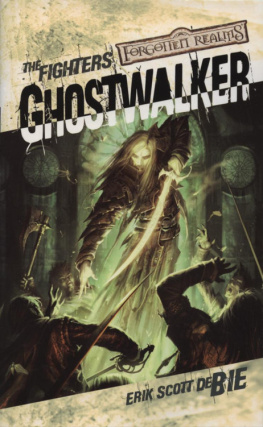First published 2002 by Pearson Education Limited
Published 2013 by Routledge
2 Park Square, Milton Park, Abingdon, Oxon OX14 4RN
711 Third Avenue, New York, NY 10017, USA
Routledge is an imprint of the Taylor & Francis Group, an informa business
Copyright 2002, Taylor & Francis.
The right of Erik Goldstein to be identified as author of this work has been asserted by him in accordance with the Copyright, Designs and Patents Act 1988.
All rights reserved. No part of this book may be reprinted or reproduced or utilised in any form or by any electronic, mechanical, or other means, now known or hereafter invented, including photocopying and recording, or in any information storage or retrieval system, without permission in writing from the publishers.
Notices
Knowledge and best practice in this field are constantly changing. As new research and experience broaden our understanding, changes in research methods, professional practices, or medical treatment may become necessary.
Practitioners and researchers must always rely on their own experience and knowledge in evaluating and using any information, methods, compounds, or experiments described herein. In using such information or methods they should be mindful of their own safety and the safety of others, including parties for whom they have a professional responsibility.
To the fullest extent of the law, neither the Publisher nor the authors, contributors, or editors, assume any liability for any injury and/or damage to persons or property as a matter of products liability, negligence or otherwise, or from any use or operation of any methods, products, instructions, or ideas contained in the material herein.
ISBN 13: 978-0-582-31145-9 (pbk)
British Library Cataloguing in Publication Data
A CIP catalogue record for this book can be obtained from the British Library
Library of Congress Cataloging in Publication Data
A CIP catalogue record for this book can be obtained from the Library of Congress
Typeset by 7 in 10/12 Sabon Roman
We are grateful to the following for permission to reproduce copyright material:
after map in The Near East Since the First World War , published by Longman, reprinted by permission of Pearson Education Ltd (Yapp, M. E. 1996).
In some instances we have been unable to trace the owners of copyright material, and we would appreciate any information that would enable us to do so.
Chapter One
The Eve of the Paris Peace Conference
In January 1919 leaders, diplomats, soldiers and government officials intent on building a peace settlement after the carnage of the First World War converged upon Paris. One young British diplomat voiced his hope, not merely to liquidate the war, but to found a new order in Europe. We were preparing not Peace only, but Eternal Peace. The Paris Peace Conference would be the largest diplomatic gathering the world had ever known. The victors of the Great War, as the First World War was then called, had come to Paris to shape the postwar order. Although successful in the conflict that had raged for four years, they faced a world of uncertainty. The delegates assembling at Paris could not recall a war such as had just ended in the sheer scale of the devastation and human losses. Between August 1914 and November 1918 sixty million people around the world had been at war, and at the end thirty million lay dead, missing, or wounded. It was a toll that exceeded all previous experience.
The war had finally ended in November 1918 when, in a clearing in the forest near the French city of Compigne, the German Empire agreed to an armistice. This came into effect at 11 am on 11 November; the eleventh hour of the eleventh day of the eleventh month. The reasons countries had entered the conflict now looked insignificant in comparison to the final impact upon them. France had entered the war with the hope of regaining the provinces of Alsace and Lorraine, lost to Germany in 1871, though by November 1918 France had lost more lives than the entire population of AlsaceLorraine. The Austro-Hungarian Empire had gone to war hoping to quash the nationalist threat posed by Serbia but by the wars end this empire had collapsed and fragmented into several states. Political turmoil was widespread. The war had seen the fall of many of the dynasties that had dominated Europe for centuries. By November 1918 the monarchs of Germany, AustriaHungary, and Bulgaria had all fled into exile. Russia had been convulsed by revolution brought on by the turmoil of the war, the Russian tsar deposed and murdered, and the country was now in a state of civil war. Out of this chaos numerous aspiring states had emerged, often with conflicting territorial aspirations and frequently with conflicting would-be governments.

